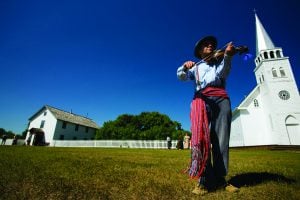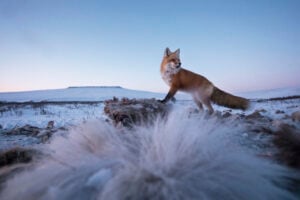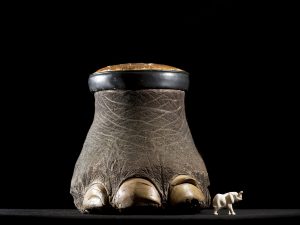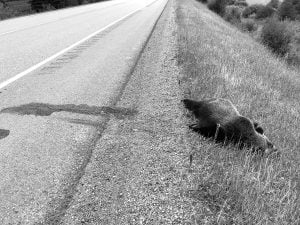
People & Culture
Kahkiihtwaam ee-pee-kiiweehtataahk: Bringing it back home again
The story of how a critically endangered Indigenous language can be saved
- 6310 words
- 26 minutes
This article is over 5 years old and may contain outdated information.
Wildlife

Daylight saving time: the mere mention of the phrase is enough to send a shiver of dread down the spine of parents and shift workers. It’s the day in mid-March that heralds the arrival of spring — at a cost of one precious hour of sleep and an inevitable adjustment period that can make the days following seem twice as long.
In recent years, calls to abolish the practice of time-shifting in North America have grown in number and volume. Researchers have found the lost hour leads to decreased productivity and increased numbers of motor vehicle accidents, and can exacerbate health problems among our already sleep-deprived populace.
Lawmakers missed their chance to do away with daylight saving time this year, so if you’re feeling extra cranky and having difficulty getting back on schedule, just scroll through these photos of snoozing wildlife captured by members of our Photo Club; you’ll be catching some zees of your own before long.












What do you know? It worked!
Are you passionate about Canadian geography?
You can support Canadian Geographic in 3 ways:

People & Culture
The story of how a critically endangered Indigenous language can be saved

Wildlife
Wildlife photographers on the thrill of the chase — and the importance of setting ethical guidelines

Wildlife
An estimated annual $175-billion business, the illegal trade in wildlife is the world’s fourth-largest criminal enterprise. It stands to radically alter the animal kingdom.

Wildlife
This past summer an ambitious wildlife under/overpass system broke ground in B.C. on a deadly stretch of highway just west of the Alberta border. Here’s how it happened.